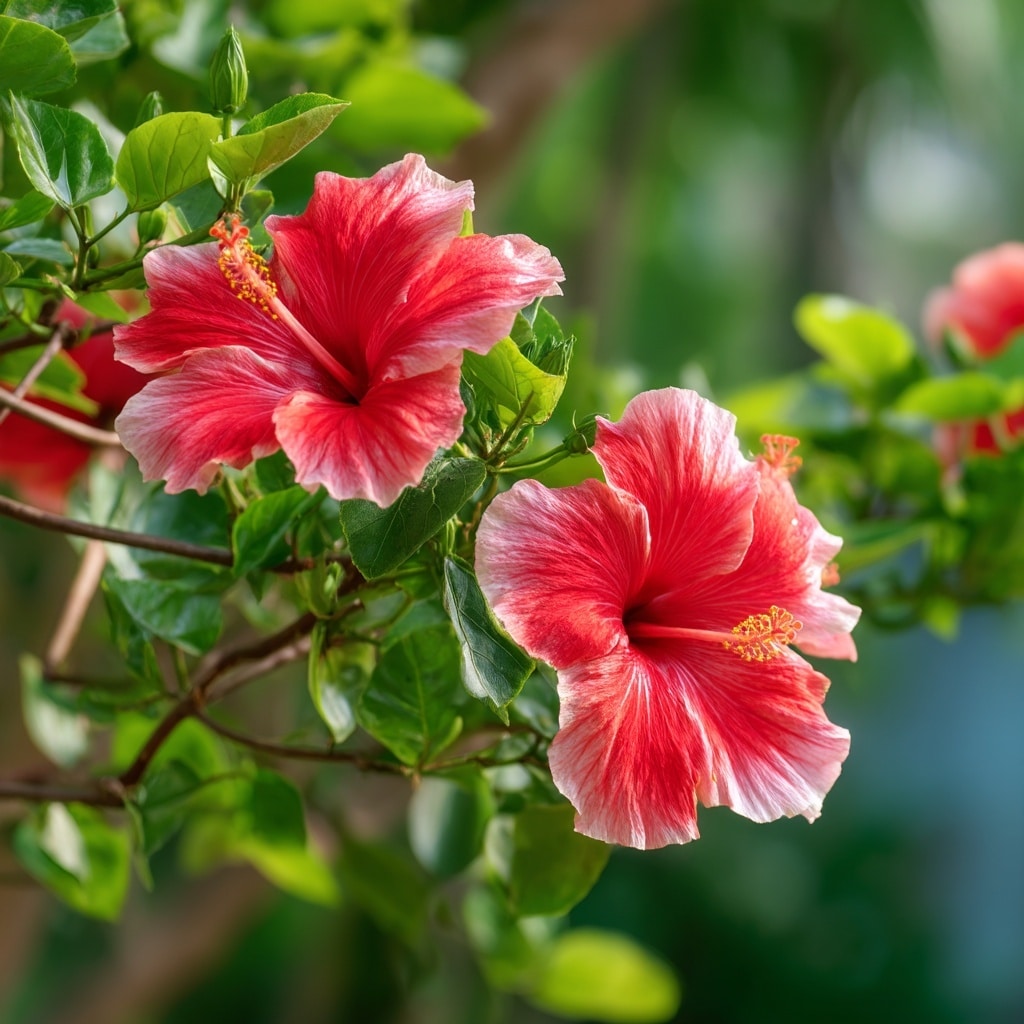Hibiscus plants are a showstopper in any garden, known for their lush, colorful blooms and tropical charm. Whether you’re growing them in pots or directly in the soil, these vibrant beauties can flourish with the right care. But while they’re undeniably stunning, hibiscus plants can be a bit finicky if their needs aren’t met. From sunlight and soil to watering habits and pruning schedules, success lies in getting the basics right.
In this guide, we’ll walk through 12 simple yet powerful tricks to help your hibiscus grow strong, bloom consistently, and stay healthy all season long.
Table of Contents
1. Give Them Plenty of Sunlight
Hibiscus plants love the sun—and they need lots of it to produce those bold, tropical blooms. Aim to give your hibiscus at least 6 to 8 hours of direct sunlight daily. Morning sun is best, especially in warmer climates where afternoon rays can become too intense. If you’re growing hibiscus indoors or in a shaded garden, consider placing them near a south-facing window or supplementing with a grow light to mimic natural sunlight.
Too little light leads to weak growth and fewer flowers, so don’t underestimate how much sunshine these beauties crave.
2. Use Well-Draining Soil
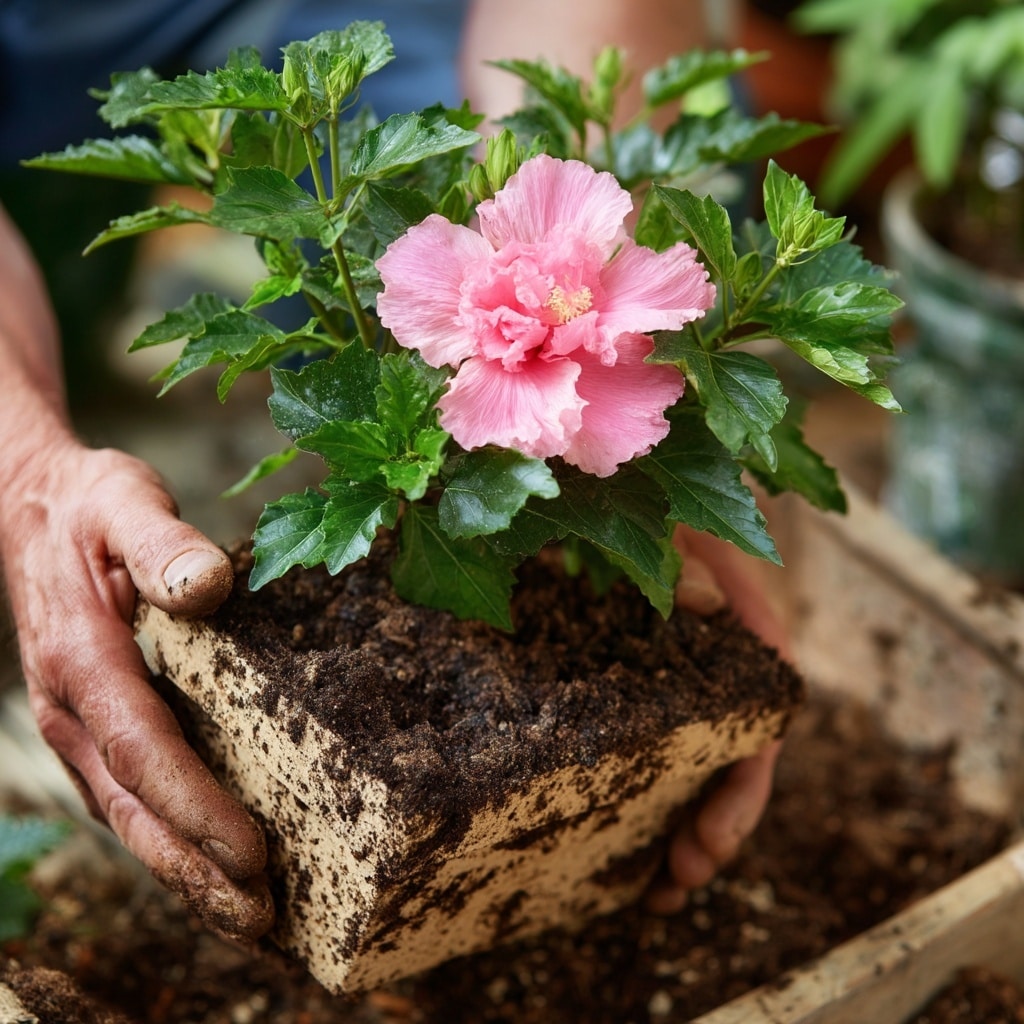
Root health is essential for hibiscus to thrive, and it all starts with the right soil. Hibiscus plants prefer a light, well-draining mix that retains some moisture but doesn’t stay soggy. A good basic blend is:
- 2 parts potting soil
- 2 parts peat moss or coco coir
- 1 part perlite or coarse sand
Adding organic compost can give the soil an extra nutrient boost. Avoid heavy, clay-based soils, which can hold water and cause root rot—a common issue in hibiscus care.
3. Water Regularly, but Don’t Overdo It

Consistent watering keeps hibiscus plants lush, but overwatering can be just as harmful as neglect. The trick is to keep the soil evenly moist without letting it become waterlogged. A good rule of thumb is to water when the top inch of soil feels dry to the touch.
In hot weather, daily watering may be needed, especially for container-grown hibiscus. In cooler months or dormant periods, cut back to every few days or weekly, depending on your environment. Always use pots with drainage holes to prevent standing water.
4. Fertilize Every Few Weeks

To support healthy foliage and frequent blooming, hibiscus plants benefit from regular feeding. These are heavy feeders, so they need a consistent supply of nutrients—especially during their active growing season, typically from spring through early fall.
Use a balanced, water-soluble fertilizer (like 10-10-10 or 20-20-20) every 2 to 4 weeks, or opt for a slow-release formula if you prefer less frequent applications. Avoid fertilizers high in phosphorus (the middle number), as it can build up in the soil and potentially harm the plant.
For organic options, consider fish emulsion, worm castings, or seaweed-based fertilizers, which offer a gentler but effective nutrient boost.
5. Prune to Maintain Shape & Encourage Growth
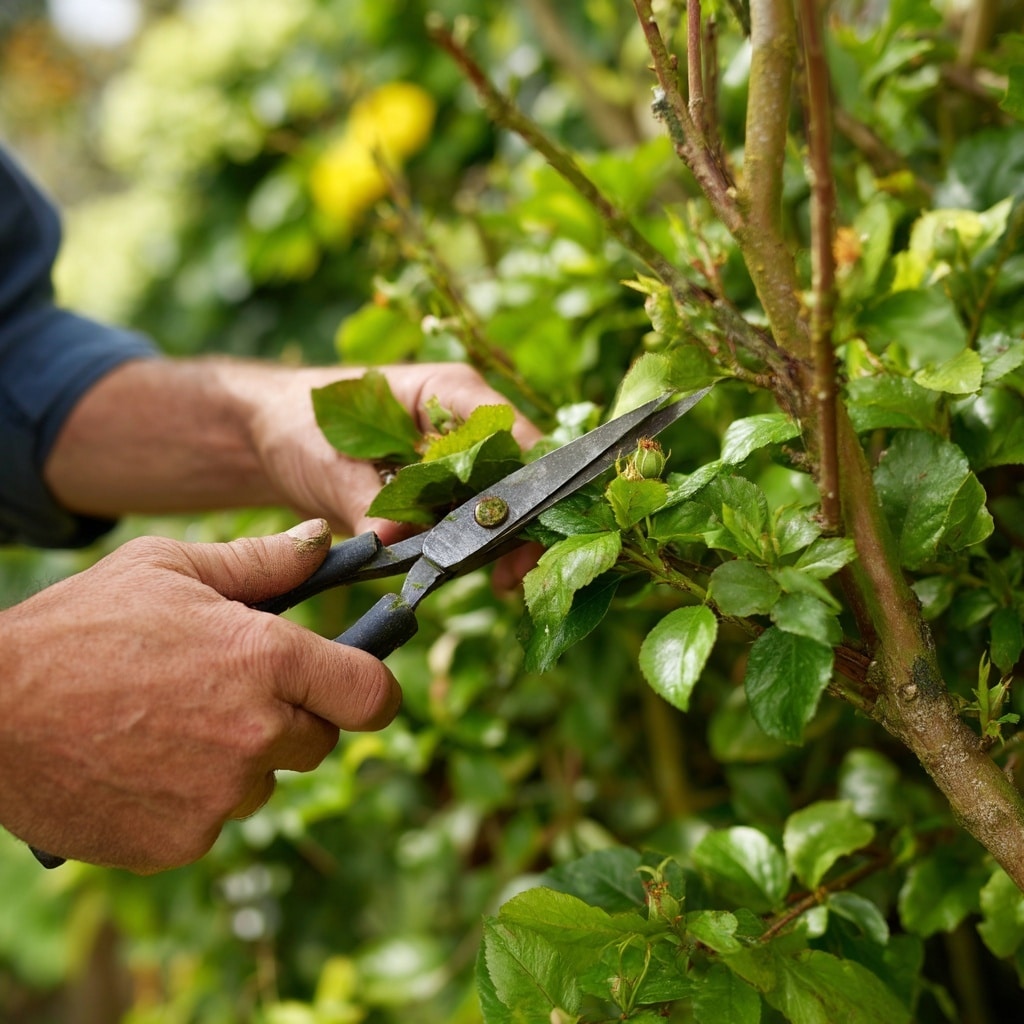
Regular pruning is one of the easiest ways to keep your hibiscus plant looking its best. Not only does pruning help maintain a pleasing shape, but it also encourages new growth and more blooms.
The best time to prune is in early spring, just before the growing season kicks into gear. Trim back any:
- Dead or damaged branches
- Overlapping or crowded stems
- Leggy growth that affects the plant’s shape
Don’t be afraid to cut back by as much as a third—hibiscus bounces back quickly and often rewards the effort with fuller foliage and more flowers.
6. Protect from Cold Temperatures

Although hibiscus thrives in warm climates, most varieties are sensitive to the cold. If temperatures drop below 50°F (10°C), your plant could suffer damage. For tropical hibiscus, anything below 40°F (4°C) can be fatal.
If you live in a cooler region, consider:
- Growing your hibiscus in containers for easy indoor transition
- Bringing potted plants indoors before the first frost
- Covering outdoor plants with frost cloths or burlap on chilly nights
For gardeners in colder zones, hardy hibiscus varieties like Rose of Sharon are a great alternative. They can handle frost and even survive snowy winters with the right mulching.
7. Watch for Pests & Diseases
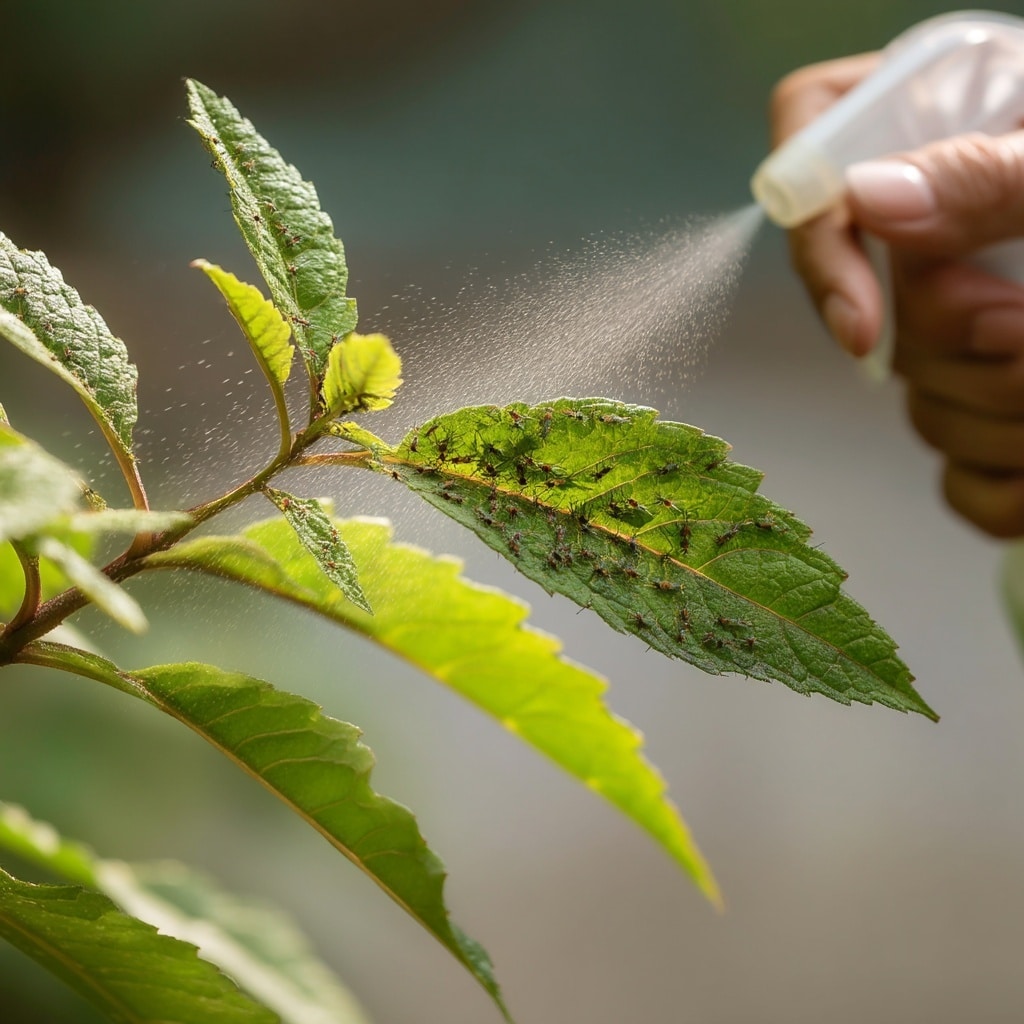
Even the healthiest hibiscus plants can fall victim to pests and diseases. Keep an eye out for common invaders like:
- Aphids
- Spider mites
- Whiteflies
- Mealybugs
These pests can stunt growth, yellow the leaves, and even prevent flowering. If you notice sticky residue, curled leaves, or tiny bugs, act fast. A gentle insecticidal soap or neem oil spray can usually handle the issue.
Fungal diseases such as leaf spot and powdery mildew may also appear, especially in humid or overcrowded spaces. To reduce risk:
- Ensure good air circulation
- Water at the base, not on the leaves
- Remove any infected leaves promptly
8. Repot Every Few Years
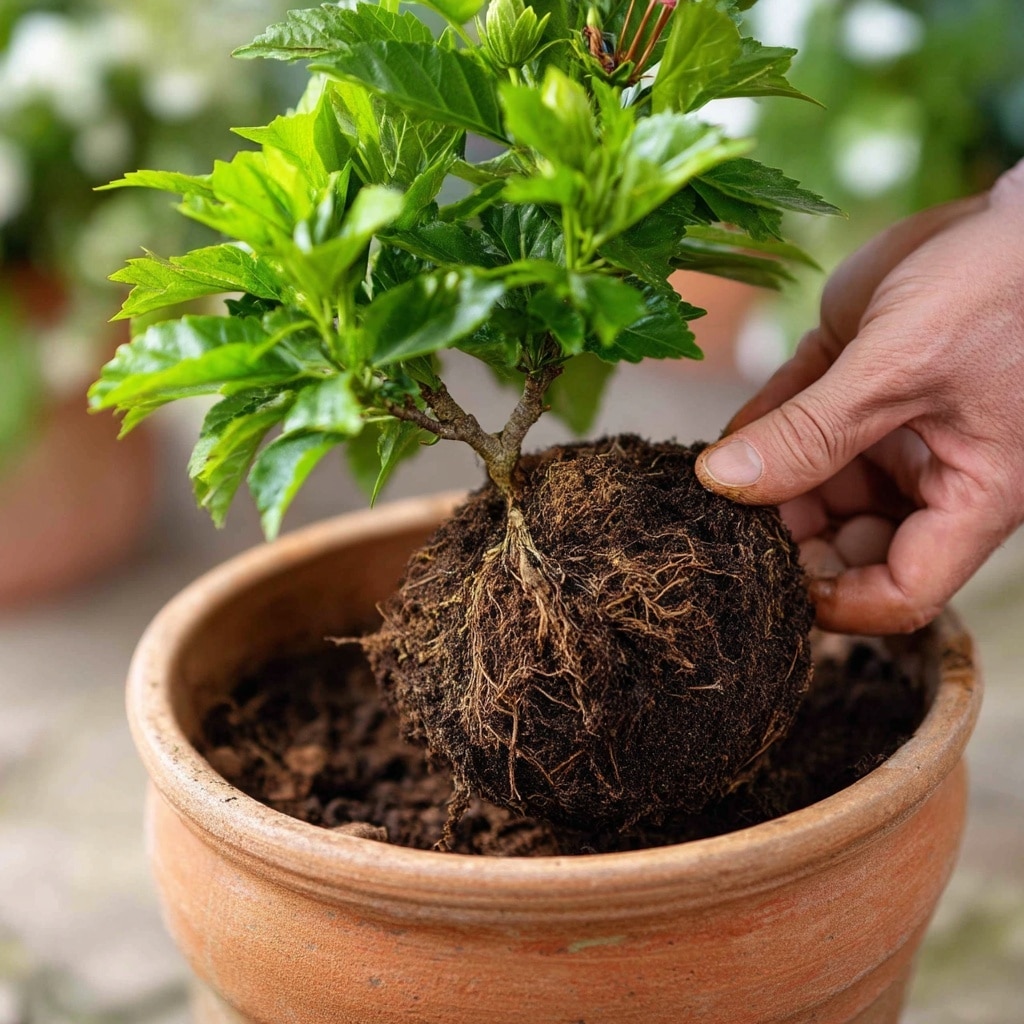
If your hibiscus lives in a container, it won’t stay happy in the same pot forever. Over time, roots become cramped and soil nutrients deplete. That’s why repotting every 2 to 3 years is a must.
Signs it’s time to repot:
- Roots growing out the drainage holes
- Water running straight through the pot
- Slower growth despite proper care
Choose a pot that’s 1–2 inches wider than the current one and use fresh, well-draining soil. This gives your hibiscus more room to grow and access to fresh nutrients, keeping it vigorous and productive.
9. Provide Humidity for Tropical Varieties

Tropical hibiscus varieties thrive in warm, humid environments—much like their native habitats. If you’re growing hibiscus indoors or in a dry climate, you may need to boost humidity.
Easy ways to increase moisture:
- Place a humidifier nearby
- Set the pot on a tray of pebbles and water (make sure the pot isn’t sitting in the water)
- Group it with other houseplants to create a microclimate
Watch for signs of dryness like curling leaves or drooping buds, which indicate your plant needs more humidity.
10. Deadhead Spent Blooms
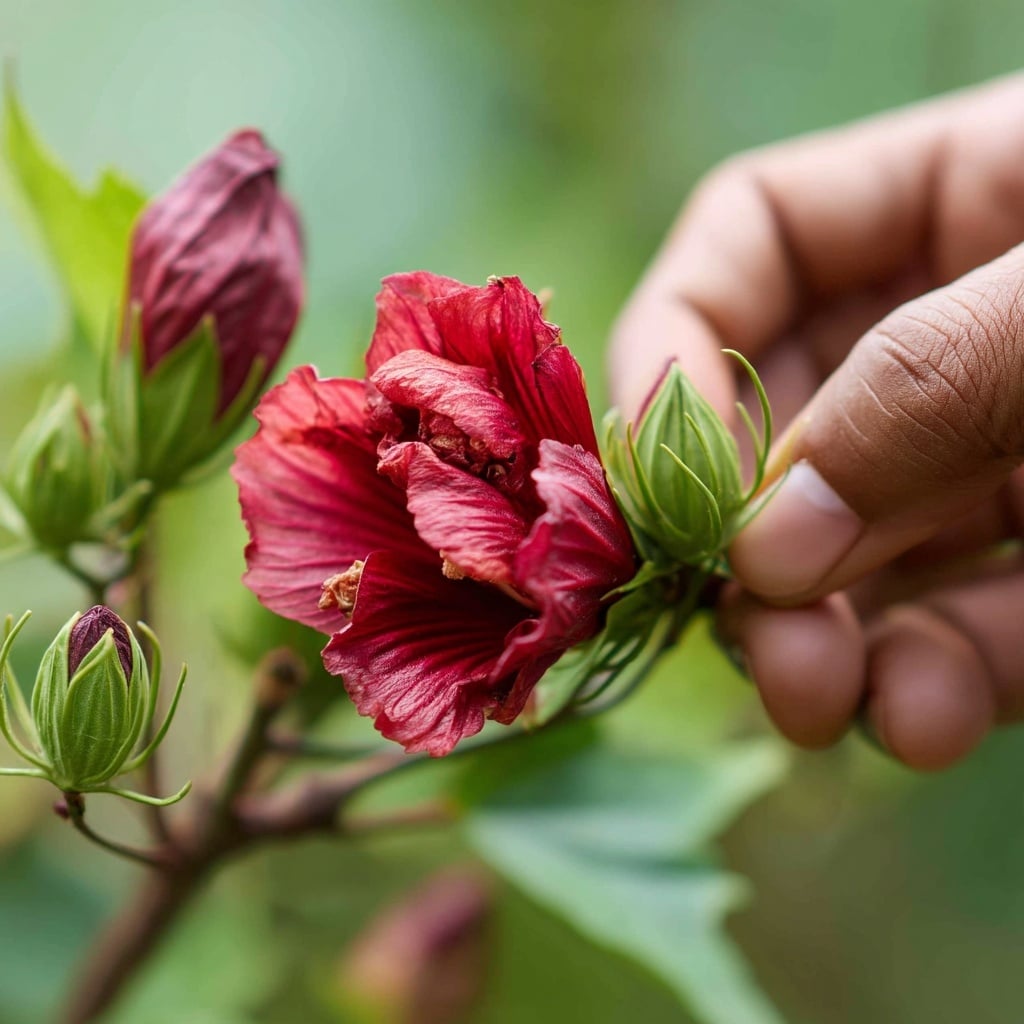
Regularly removing wilted or faded flowers—known as deadheading—helps your hibiscus redirect its energy into producing new blooms instead of seeds. This simple habit can significantly increase flowering throughout the season.
To deadhead:
- Gently pinch or snip off flowers once they begin to wilt
- Be careful not to damage developing buds nearby
- Dispose of the old flowers to prevent fungal issues or pests
Some hibiscus varieties are self-cleaning, meaning the flowers fall off on their own—but it never hurts to help things along and keep your plant looking tidy.
11. Use Mulch to Retain Moisture
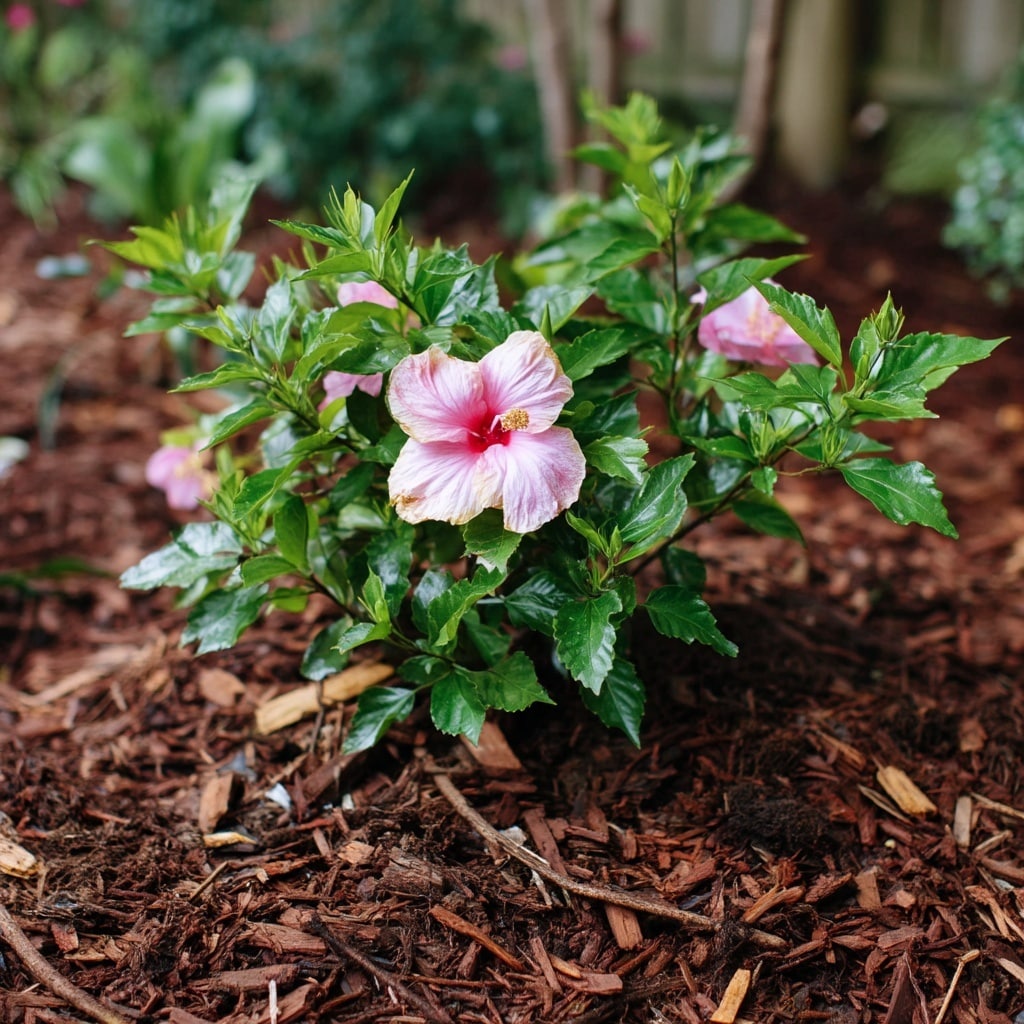
Mulching is a low-effort, high-reward trick that every hibiscus grower should use. A 2–3 inch layer of organic mulch (like shredded bark, straw, or leaf mold) helps:
- Retain soil moisture
- Keep roots cool in hot weather
- Suppress weeds
- Regulate soil temperature
Just make sure the mulch doesn’t touch the base of the plant—leave an inch or two of space to prevent stem rot and promote airflow.
12. Enjoy the Health Benefits
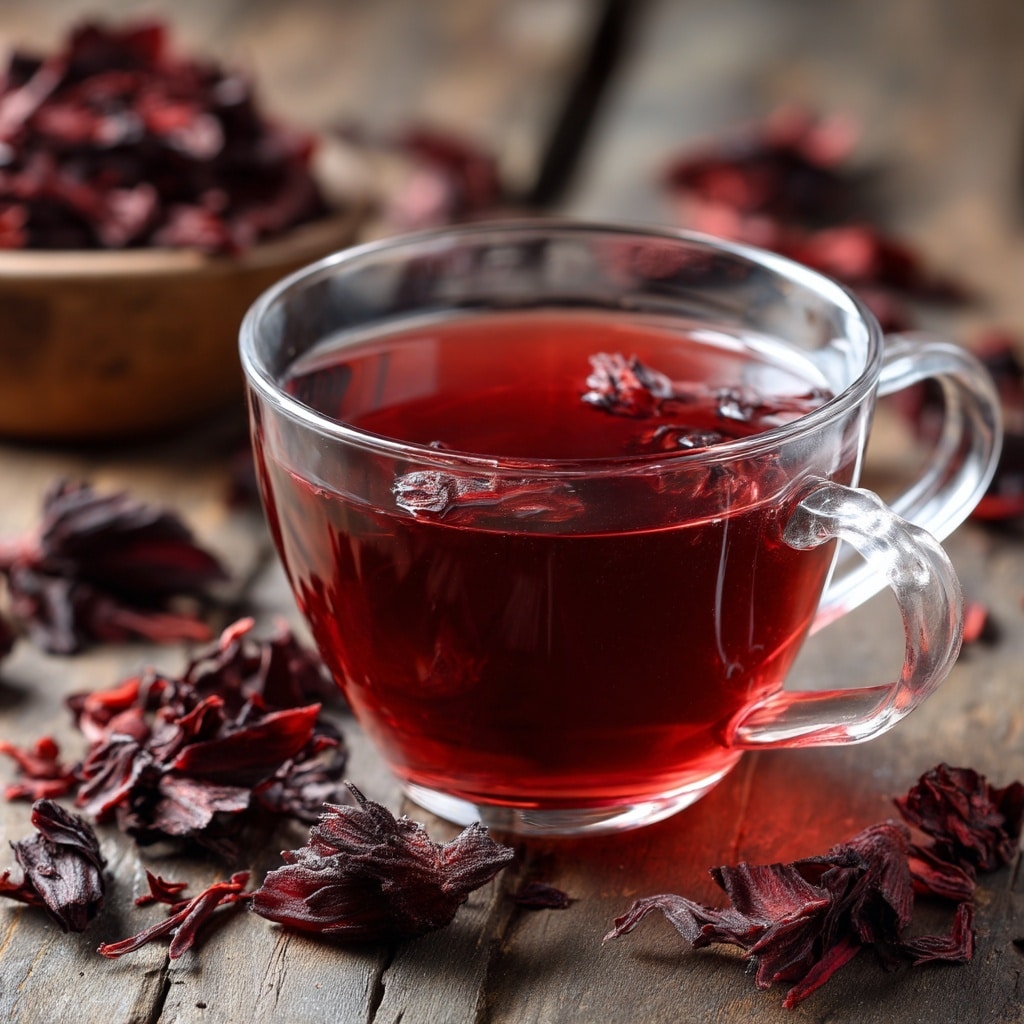
Aside from their striking appearance, hibiscus plants offer some impressive health perks—especially when brewed into tea. The dried petals of hibiscus flowers are rich in antioxidants, and research has linked hibiscus tea to benefits like:
- Lower blood pressure
- Reduced cholesterol
- Improved liver function
- Anti-inflammatory effects
You can grow your own edible hibiscus varieties (like Hibiscus sabdariffa) and harvest flowers for tea or culinary use. Just be sure the plant is free from pesticides before consuming.
Conclusion
Caring for a hibiscus doesn’t have to be complicated. With the right balance of sunlight, water, pruning, and seasonal care, these vibrant plants can thrive indoors or out—bringing bold color and tropical vibes to your garden or patio.
By following these 12 practical tips, you’ll set your hibiscus up for long-lasting health, abundant blooms, and maybe even a refreshing cup of homegrown hibiscus tea.



